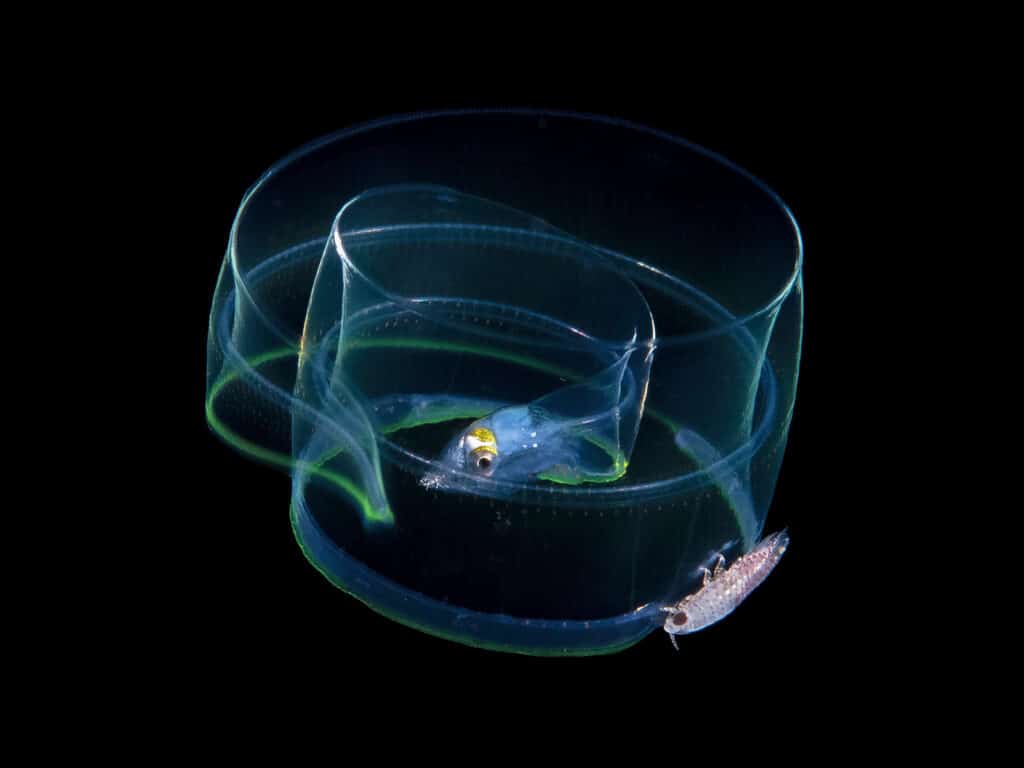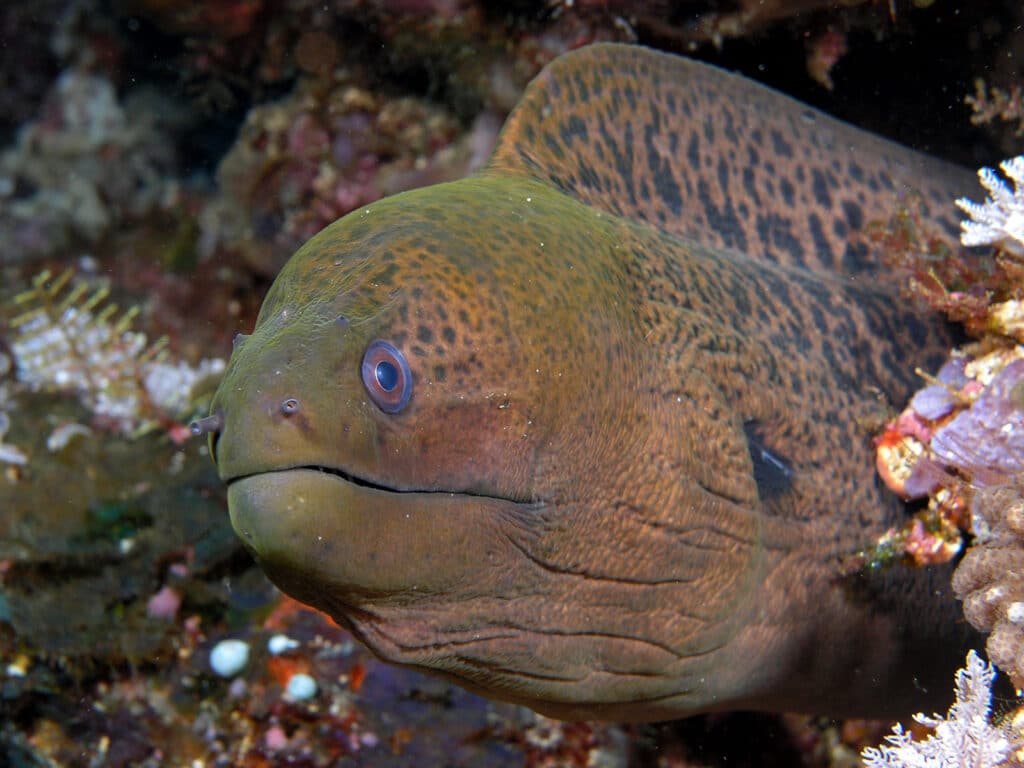
The life history of most game fishes is pretty amazing. Although some species may grow to more than 1,000 pounds, all begin life as one of millions of eggs the size of a small grain of sand floating about an ocean full of tiny predators, following a full-moon spawning session. Of those millions, thousands may be fertilized, but of those thousands fewer than 100 will survive past the larval stage.
They feed on tiny plankton, but are also fed upon by slightly larger planktonic predators. It is indeed a jungle out there in the open ocean. Growth, for the few that live, is rapid. Most larval forms of game and food fishes bear little or no resemblance initially to adults, often very different in shape and color, recognizable only to experts. They may resemble elaborate insects as much as fish.
As they grow into small juveniles, often characterized by oversized eyes, the babies begin to gradually take on more of the characteristics of larger, older fish. Few anglers ever get the chance for a close-up and personal look at game fish not much longer than a cherry tomato, so in this ongoing gallery of “microscopic monsters,” we’ll offer a rare look at a mini version of species most of us see as only adult fish.
This moray eel larva (top image) was photographed by Steven Kovacs during an open-ocean blackwater drift in the Philippines. (The little silvery “bug” is a marine isopod, a hitchhiker.) Identifying the species is a bit problematic, with 200 or so species of moray eel in the world and quite a few of those found in Philippine waters. In fact, by its looks, this larva could almost be a tarpon as well as a moray. Here’s how that works.

Morays are broadcast spawners. When the infinitesimal fraction of eggs spewed into the ocean are successfully fertilized, like many species, they float pelagically about the ocean for months as larvae. But these are unlike most fishes’ larvae; when new to the world, morays take the form known as a leptocephalus. You’re right: They look nothing like you’d expect a fish to resemble. Surprisingly, some other fishes also have very similar leptocephalus larval forms, notably tarpon and bonefishes.
These larvae take the form of long, otherworldly transparent ribbons, flattened side to side, with a ridiculously tiny head. (The length of the leptocephalus in the photo is hard to appreciate, with it coiled rather tightly.) A clear glucosamine gel compound fills their clear bodies; this gel transforms into adult tissue during metamorphosis. See how these remarkable moray leptocephali swim here.
Clearly, these larvae bear almost no resemblance to adult moray eels.









